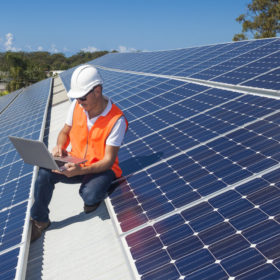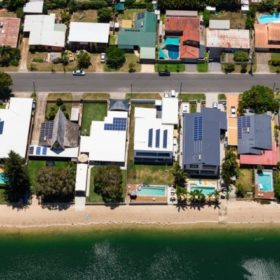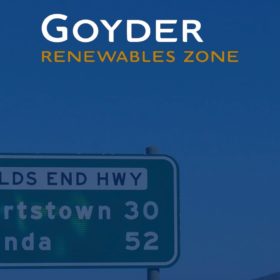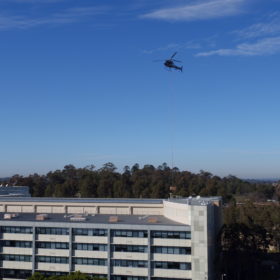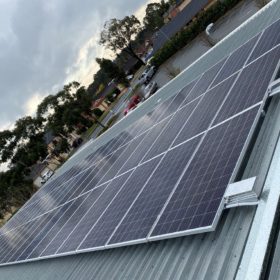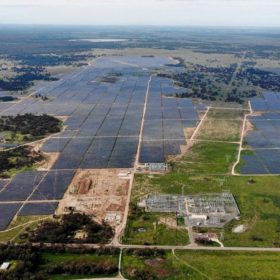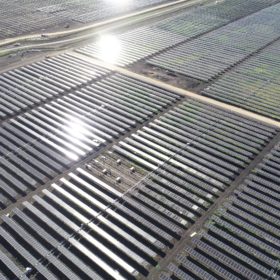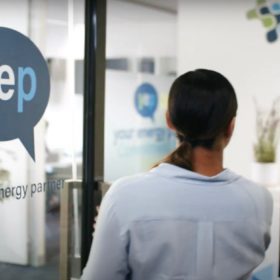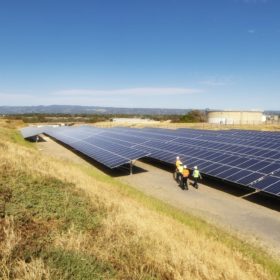Meet Dan Sturrock, Aussie dad championing solar in our schools
Last month, Australian Parents for Climate Action’s Solar our Schools campaign published an Open Letter to Prime Minister Scott Morrison calling for solar and energy storage investment at every school and early childhood centre Australia-wide as part of the Covid-19 economic recovery. Today, pv magazine Australia sits down with Solar our Schools ‘Champion’ Dan Sturrock, a renewable industry professional leading the charge for solar uptake at his kids’ school in Sydney’s inner west.
Taylor orders inquiry into Australia’s rooftop PV sector
Reports emerged on Tuesday that Federal Minister for Energy and Emissions Reduction Angus Taylor had requested a review of Australia’s rooftop solar sector, citing integrity concerns. An important message comes from the Clean Energy Council as it warns against an Abbott-era political intervention that could harm the industry.
How a digital solar toolkit and localised solutions can drive economic recovery
Such is the Global Village effect that the more globalised we are the more localised we become. The impacts of a global pandemic have choked industries and driven us into self-isolation, but at the same time, we are seeing an acceleration in the ingenuity of sales efficiency in the solar industry and a realisation of the necessity of self-generation. Tie this up with a shift to local government action on renewables and sustainability and the global recovery from Covid-19 is very much a local affair.
Renewable Colossus at Worlds End – Neoen delivers Goyder South Development Application
Neoen’s proposed Goyder South Hybrid Renewable Energy project is so vast that analogy does it a disservice. The French developer has commenced the project’s notification period with the submission of its Development Application, giving us the first real opportunity to begin to quantify its sheer enormity. 1200 MW of wind, 600 MW of solar, and 900 MW/1,800 MWh of battery storage.
Get to the chopper! How airlifting modules opens new solar frontiers
Is airlifting solar modules the future of commercial and industrial rooftop installation? Epho Commercial Solar recently employed the use of a helicopter to airlift pallets of modules atop 12 separate rooftops at Woolworths’ massive Norwest Support Office in Bella Vista. Epho Managing Director, Oliver Hartley, sat down with pv magazine Australia to tell us why.
Sydney councils are doubling their solar generation
Blacktown City Council and Inner West Council are not wasting any time when it comes to meeting their carbon-neutrality and solar uptake goals. Both councils are currently in the process of doubling their current solar capacity in single swoops.
Australia’s largest solar farm registered in troubled part of the grid
With two synchronous condensers installed as part of the project, the 275MWac/333MWdc Darlington Point Solar Farm hopes to help manage the ongoing integration of renewable energy generation in the West Murray region.
Western Australia welcomes its largest operating solar project
Following its swift completion, Risen Energy’s 132 MW Merredin Solar Farm has joined the Western Australian grid. The project has finalized its staged commissioning process and is now exporting clean energy at 100% capacity.
How solar matchmaking is making a splash on social media
Your Energy Partner is a solar broker that matches clients and solar retailers around Australia. The company, only launched in May 2019, is rising rapidly, partly thanks to its attitude to social media which encourages young first home buyers. YEP sat down with pv magazine Australia for a Q&A.
SA Water’s 12 MW solar install will have Happy Valley living up to its name
SA Water’s great solar splash of 2020 continues with the completion of one installation on Eyre Peninsula and the beginning of another, much larger installation, at the Happy Valley Reservoir.

